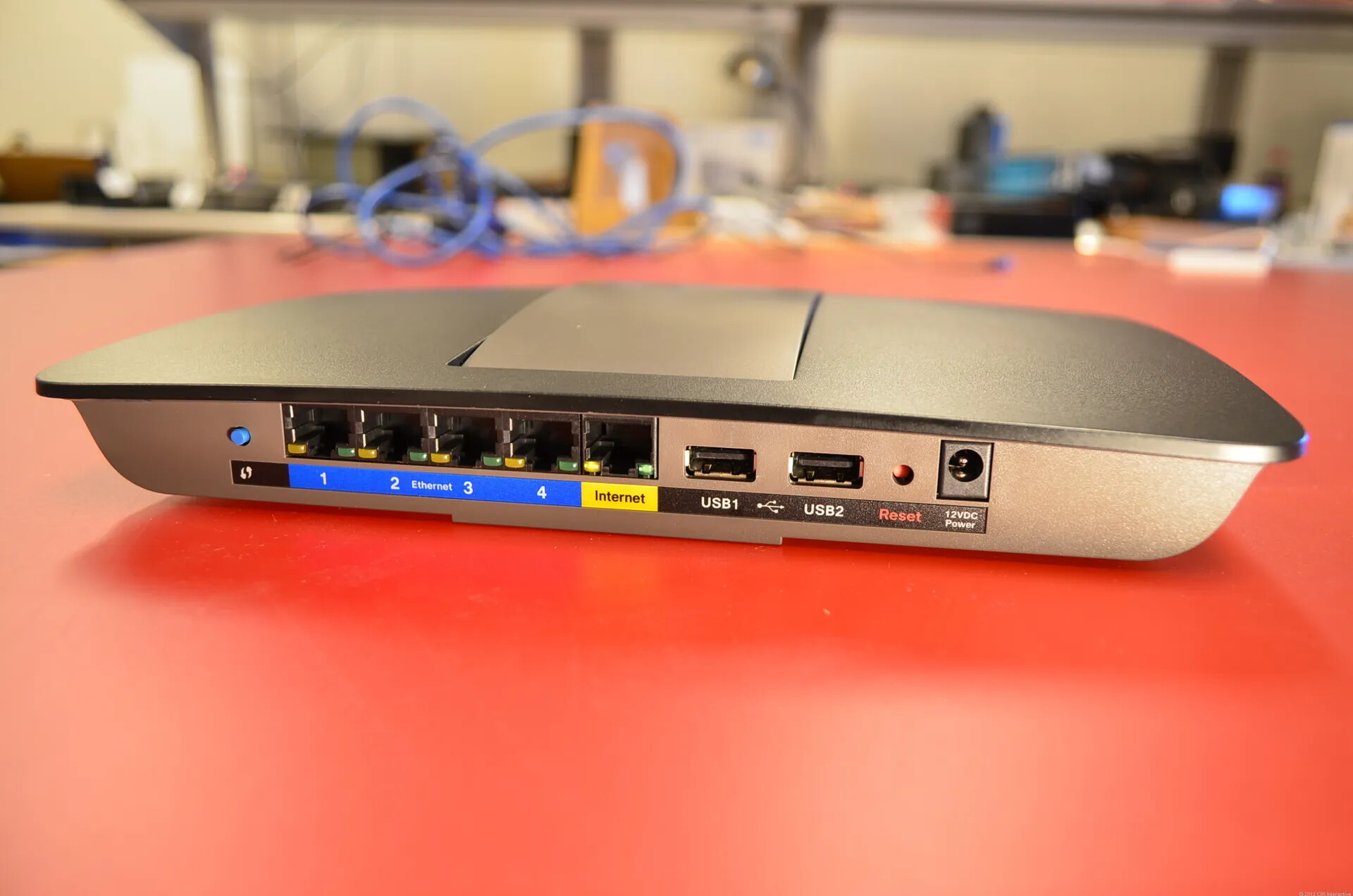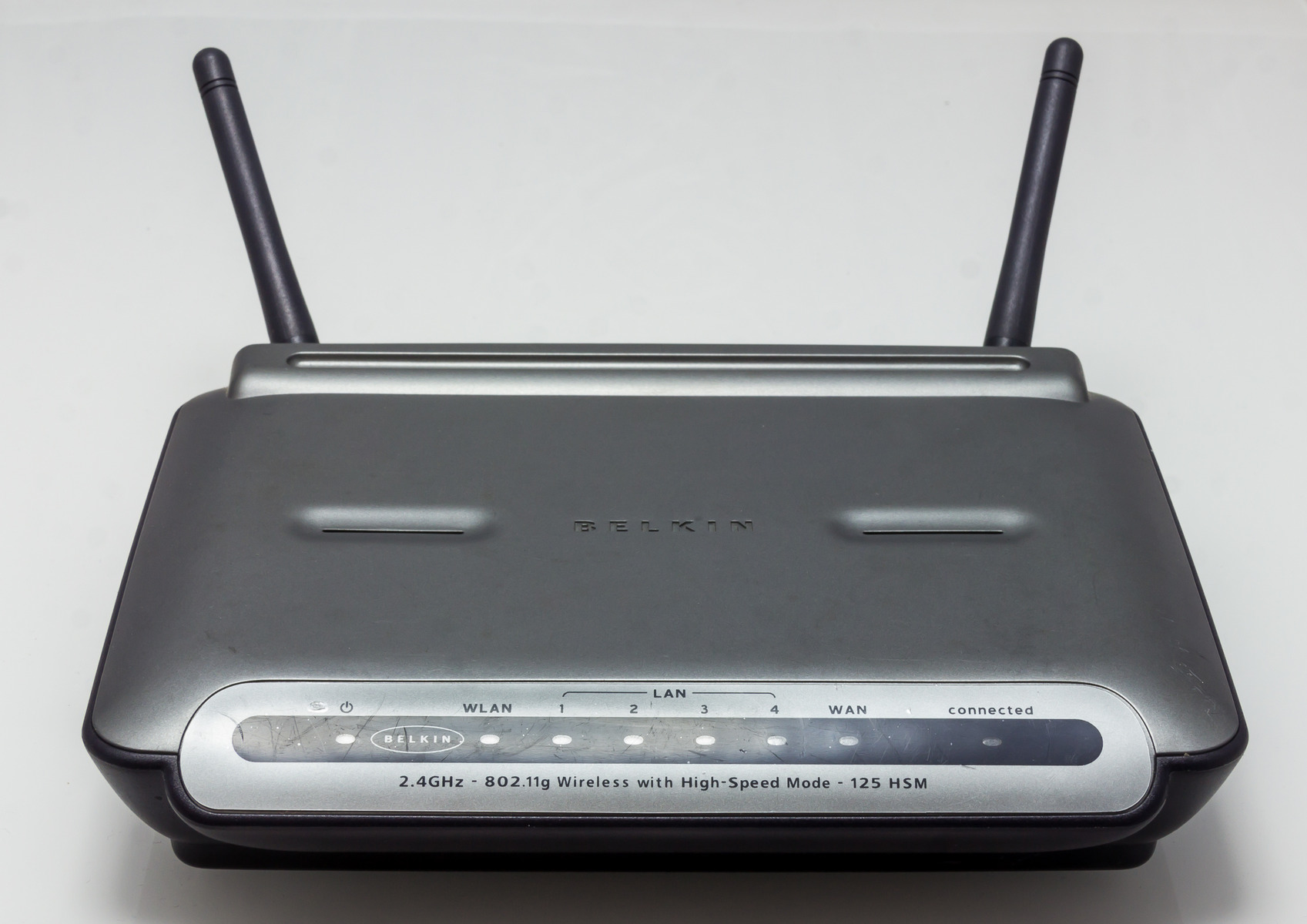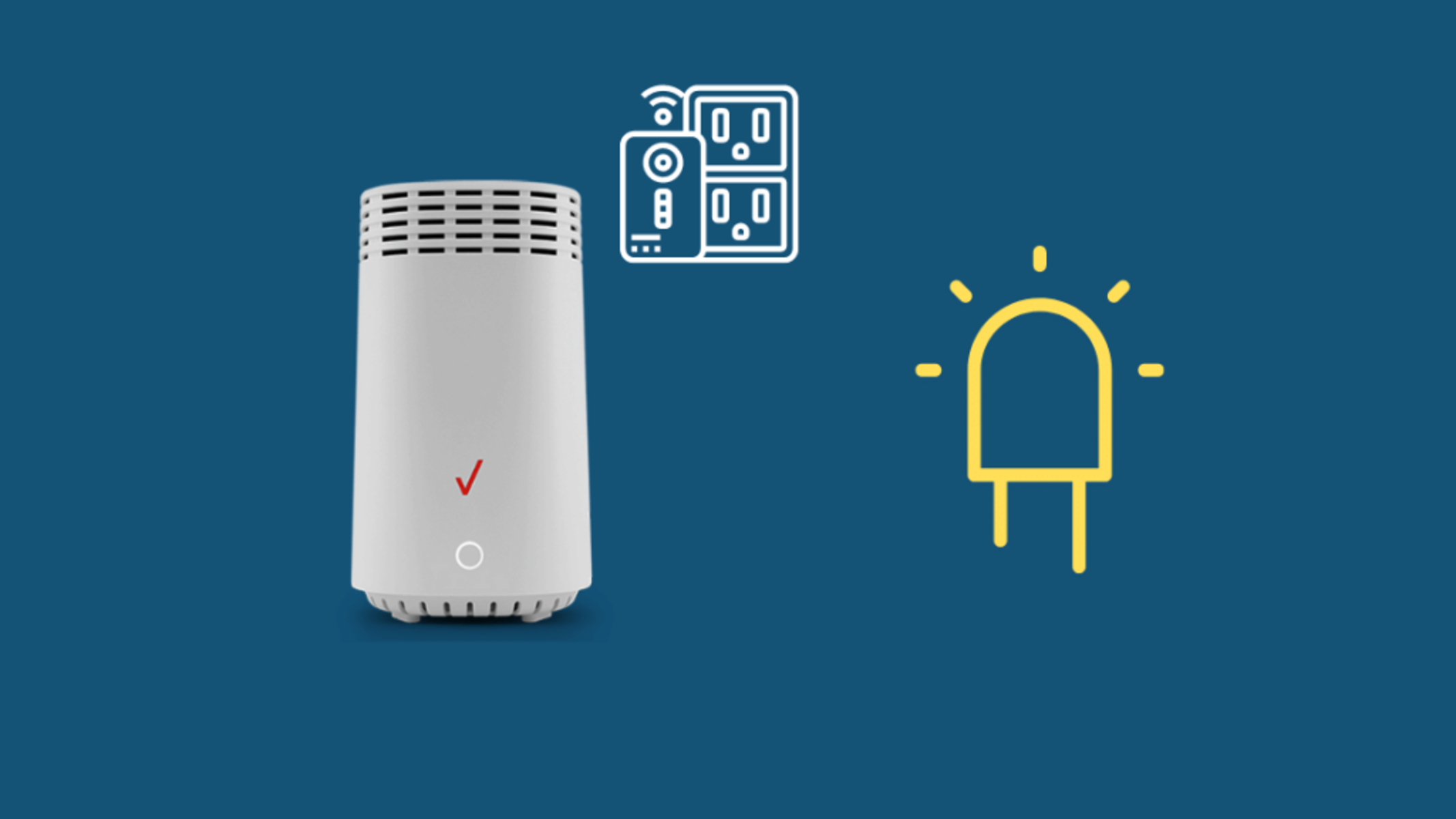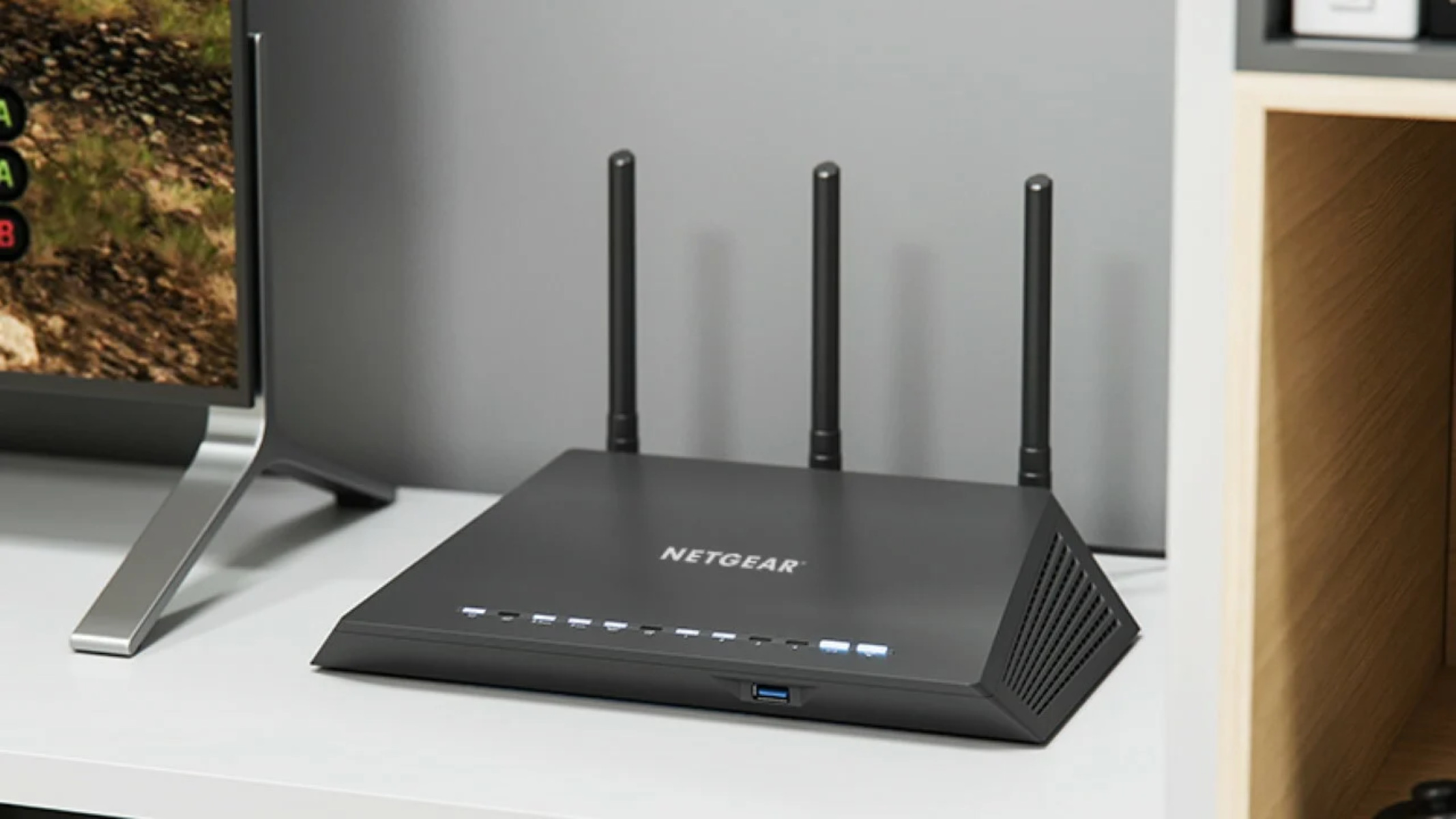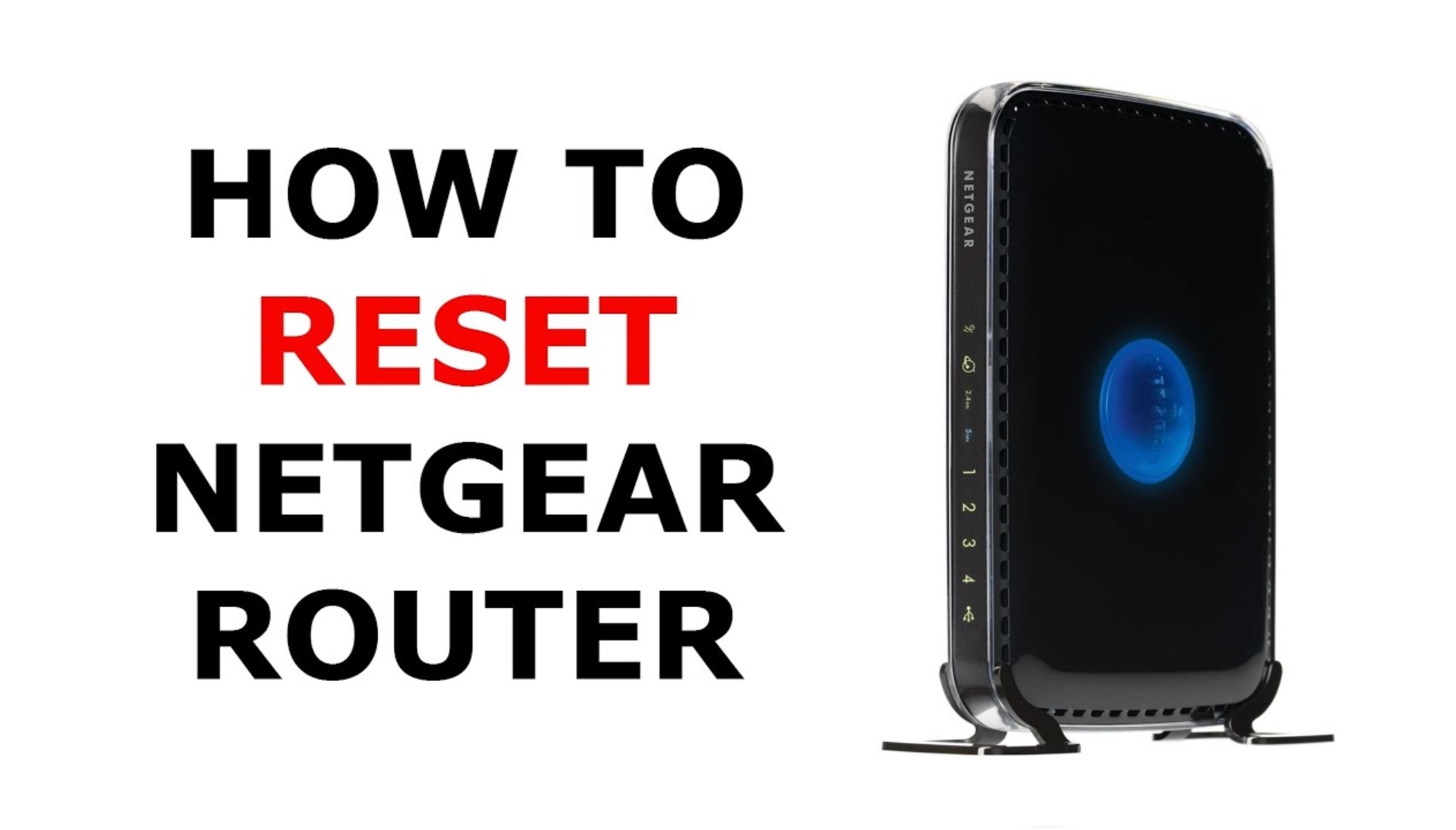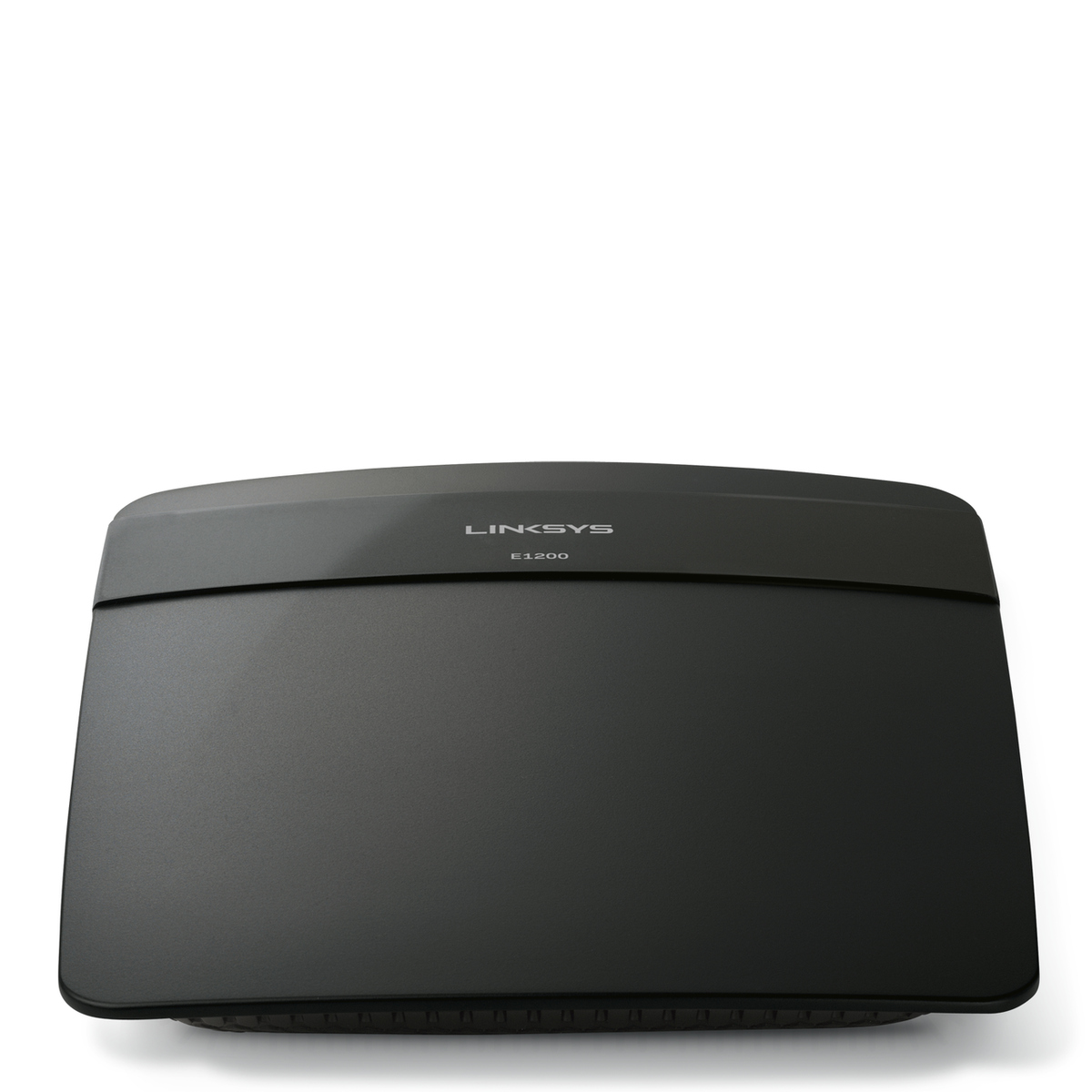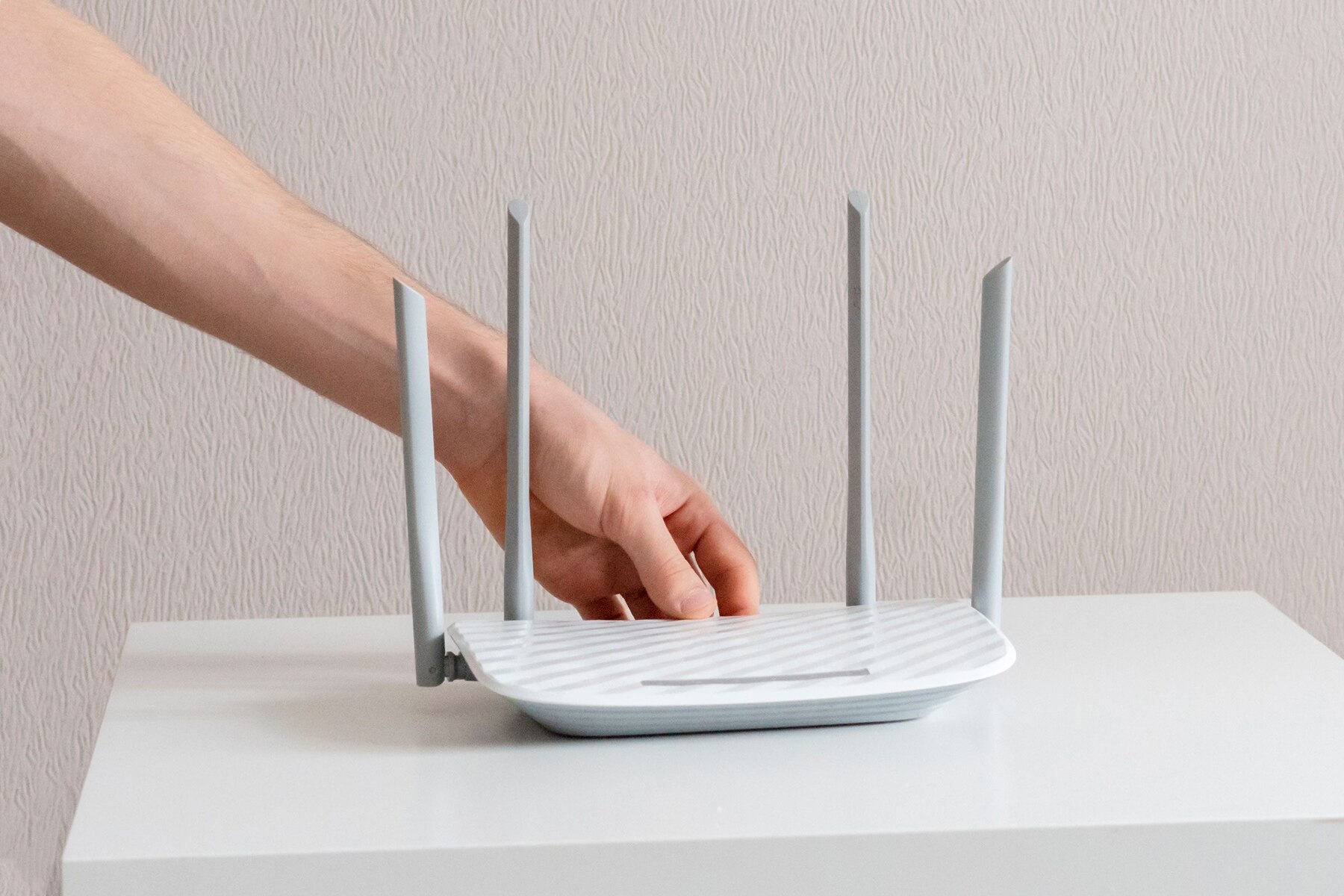Introduction
Welcome to our comprehensive guide on how to reset your wireless router. As technology continues to evolve, the need for a stable and fast internet connection has become increasingly important in our daily lives. Your wireless router plays a crucial role in providing wireless internet access to multiple devices in your home or office, including smartphones, laptops, tablets, and smart home devices. However, there may be instances where you face connection issues, slow speeds, or other network-related problems.
Resetting your wireless router can often be a simple yet effective solution to troubleshoot these issues. It essentially restores the router’s settings to their default configuration, eliminating any potential glitches or misconfigurations that may have occurred over time. In this guide, we will walk you through the process of resetting your wireless router, step by step, ensuring a seamless experience.
Please note that resetting your router should be considered as a last resort, after you have exhausted other troubleshooting methods such as checking cables, restarting devices, and performing basic troubleshooting steps. Resetting should only be done when you are certain that the issue lies with the router itself or when advised by your internet service provider.
Before we dive into the details of how to reset your wireless router, let’s first explore the various reasons that may necessitate a reset and the precautions you should take before proceeding.
Reasons to Reset Your Wireless Router
There are several situations where resetting your wireless router can help resolve connectivity issues and improve its overall performance. Here are some of the most common reasons why you might consider resetting your router:
1. Network Connectivity Issues: If you are experiencing intermittent or no internet connection, resetting your router can help establish a fresh connection with your service provider and eliminate any temporary glitches that may be causing the problem.
2. Slow Internet Speeds: Over time, a router’s performance can degrade due to various factors such as network congestion, outdated firmware, or excessive connected devices. Resetting the router can help restore its functionality and potentially improve internet speeds.
3. Forgotten Network Password: If you have forgotten your wireless network password, resetting your router will clear any custom configurations and allow you to set up a new password. However, keep in mind that resetting the router will also disconnect all currently connected devices, so ensure you have the necessary information to reconnect them.
4. Router Configuration Errors: Incorrect configuration settings or firmware updates gone wrong can lead to connectivity problems. By resetting the router, you can revert to its default settings and start fresh, ensuring a clean slate for proper configuration.
5. Network Security Concerns: If you suspect that your router has been compromised or hacked, resetting it will help eliminate any potential security vulnerabilities. Resetting the router removes any malicious settings or unauthorized changes, allowing you to set up the network from scratch with proper security measures in place.
It’s crucial to remember that a factory reset erases all custom settings on your router, including Wi-Fi network names, passwords, and any advanced configurations you may have made. Therefore, it’s always recommended to back up your router’s settings before proceeding with a reset, especially if you have customized settings that you want to restore after the reset.
Now that we understand the reasons behind resetting a wireless router, let’s explore the precautions you should take before initiating the reset process.
Precautions before Resetting Your Wireless Router
Resetting your wireless router can be a powerful troubleshooting step, but it’s essential to take certain precautions to ensure a smooth and successful reset process. Here are some precautions to consider before resetting your router:
1. Backup Router Settings: Before performing a reset, it’s crucial to back up your router’s current settings. This will allow you to restore your custom configurations, such as network names and passwords, after the reset. Consult your router’s user manual or manufacturer’s website for instructions on how to create a backup. Save the backup file to a secure location, such as a USB drive or cloud storage.
2. Document Current Network Settings: Take note of your current network settings, including the Wi-Fi network name (SSID) and password, IP address, and any other custom configurations. This information will be useful when reconnecting devices to the network after the reset.
3. Disconnect Devices: Before resetting the router, ensure that all devices connected to the network are disconnected. This includes computers, smartphones, gaming consoles, and smart home devices. Disconnecting devices before the reset will prevent any potential data loss or interruption during the reset process.
4. Consult Router Documentation: Different router models may have specific reset procedures. Consult your router’s user manual or the manufacturer’s website for detailed instructions on how to reset your specific router model. Following the correct reset process will help avoid any unnecessary complications or issues.
5. Save ISP Configuration Information: If your internet service provider (ISP) has provided you with specific configuration settings for your router, such as PPPoE credentials or DNS server addresses, make sure to save this information before resetting. You will need to re-enter these settings after the reset to regain internet connectivity.
6. Check for Firmware Updates: Before resetting, check if there are any available firmware updates for your router. Updating the firmware can potentially resolve network issues and improve performance. If there are updates available, it’s recommended to install them before proceeding with the reset.
By taking these precautions, you can ensure a smooth and hassle-free reset process for your wireless router. In the next section, we will guide you step-by-step through the process of resetting your wireless router.
Step-by-step Guide to Resetting Your Wireless Router
Resetting your wireless router is a simple process that can help address various network issues. Here is a step-by-step guide on how to reset your wireless router:
Step 1: Identify the Reset Button: Locate the reset button on your router. It is usually a small, recessed button located on the back or side of the router. The button may be labeled “Reset” or represented by a circular arrow or a small hole.
Step 2: Power Off the Router: Make sure your router is powered on and functioning properly. If it is currently connected to a power source, unplug the power cable from the router.
Step 3: Press and Hold the Reset Button: Using a small pointed object such as a paperclip or pen, press and hold the reset button for about 10-15 seconds. You may need to use some force to press the button, but be careful not to break it.
Step 4: Reconnect the Power: While still holding down the reset button, plug the power cable back into the router. Continue holding the reset button for another 10-15 seconds.
Step 5: Release the Reset Button: After holding the reset button for the specified time, release it. The router will now begin the reset process. It may take a few moments for the router to complete the reset and restart.
Step 6: Configure the Router: Once the router has finished resetting and restarting, you will need to configure it again. This involves setting up the network name (SSID), password, and any other custom configurations you had previously. Refer to your router’s documentation for instructions on how to access the router’s configuration page and enter the necessary settings.
Step 7: Reconnect Devices: After configuring the router, you can start reconnecting your devices to the network. Make sure to enter the correct Wi-Fi network name and password you set during the configuration process.
Step 8: Test the Connection: Once all devices are reconnected, test the internet connection to ensure it is working properly. If you encounter any issues, double-check your network configurations and consult your router’s documentation for troubleshooting steps.
Following these steps will allow you to successfully reset your wireless router and restore it to its default settings. In the next section, we will discuss some common issues that may arise after resetting your router and how to troubleshoot them.
Troubleshooting Common Issues after Resetting Your Wireless Router
After resetting your wireless router, you may encounter a few common issues. Here are some troubleshooting steps to help you resolve these problems:
1. No Internet Connection: If you can’t connect to the internet after resetting, check if your modem is properly connected to the router. Ensure that the Ethernet cable is securely plugged into the WAN or Internet port on the router and the modem. If the issue persists, contact your internet service provider for assistance.
2. Incorrect Network Settings: If your devices are unable to connect to the network, double-check the SSID (Wi-Fi network name) and password. Make sure you have entered them correctly during the router’s configuration process. Also, ensure that your devices are within range of the router and the Wi-Fi signal is strong enough.
3. Slow or Weak Wi-Fi Signal: If you notice a degraded Wi-Fi signal or slow internet speeds, try changing the channel on your router’s settings. Interference from other electronic devices or neighboring Wi-Fi networks can affect your signal quality. Experiment with different channels to find the one that provides the best signal strength.
4. Firmware Issues: If you experience ongoing problems after resetting, consider updating your router’s firmware. Visit the manufacturer’s website and download the latest firmware version for your specific router model. Follow the instructions provided by the manufacturer to install the firmware update correctly.
5. Network Device Compatibility: Some older devices may not be compatible with the newer security protocols or Wi-Fi standards used by your router. If you encounter connectivity issues with specific devices, try updating their drivers or firmware to ensure compatibility with your router’s settings.
6. Parental Control or Firewall Settings: If you had previously configured parental controls or firewall settings on your router, make sure to reconfigure them after the reset. Ensure that any necessary ports or websites are not blocked, especially if you are experiencing connectivity issues with specific applications or services.
7. Consider Additional Troubleshooting Steps: If the above steps do not resolve your issues, you can try power cycling your router and connected devices by unplugging them from the power source, waiting for a few minutes, and then plugging them back in. You can also try performing a “hard reset” by following the router’s specific reset instructions as provided by the manufacturer.
If you are still experiencing difficulties after troubleshooting, it may be necessary to contact your internet service provider or the router manufacturer’s support for further assistance. They can provide more advanced troubleshooting steps or guide you through any specific issues you may be facing.
Now that you have a better understanding of the common issues and troubleshooting steps after resetting your wireless router, let’s conclude this guide with some final thoughts.
Final Thoughts
Resetting your wireless router can be a useful troubleshooting step to resolve network issues and restore the router to its default settings. It is important to remember that resetting should only be done after exhausting other troubleshooting methods and when necessary. Before initiating the reset process, take precautions such as backing up router settings, documenting current network settings, and disconnecting devices.
Follow the step-by-step guide provided in this article to reset your wireless router effectively. Remember to configure the router and reconnect devices after the reset. If you encounter any issues, refer to the troubleshooting section to resolve common problems.
While resetting your router can often address network connectivity issues, it’s important to regularly update your router’s firmware, secure your network with strong passwords, and optimize its settings for the best performance. Additionally, consider investing in a quality router that meets your specific needs and provides adequate coverage for your space.
We hope this guide has been helpful in assisting you with resetting your wireless router. By following the instructions and taking necessary precautions, you can troubleshoot network problems and enjoy a stable and seamless internet experience for all your connected devices.
Thank you for reading, and we wish you success in resetting and optimizing your wireless router!







